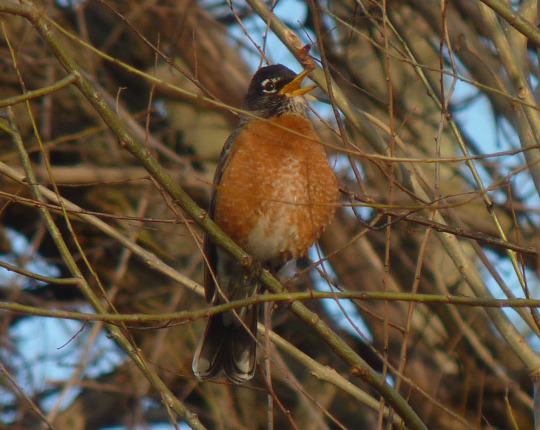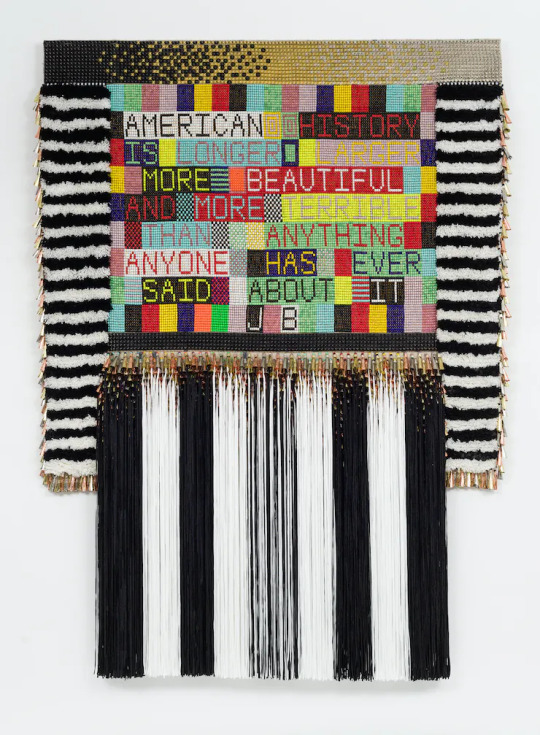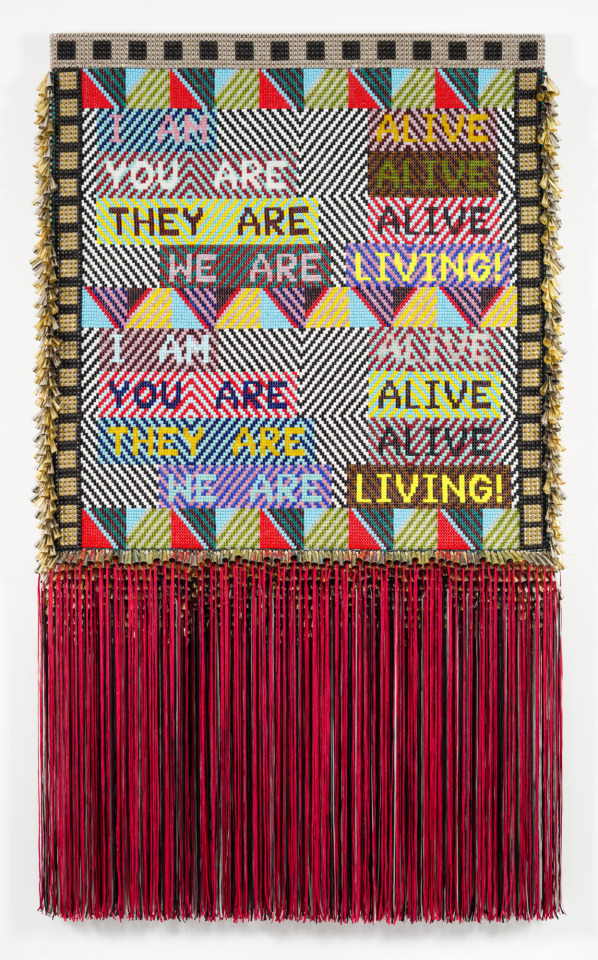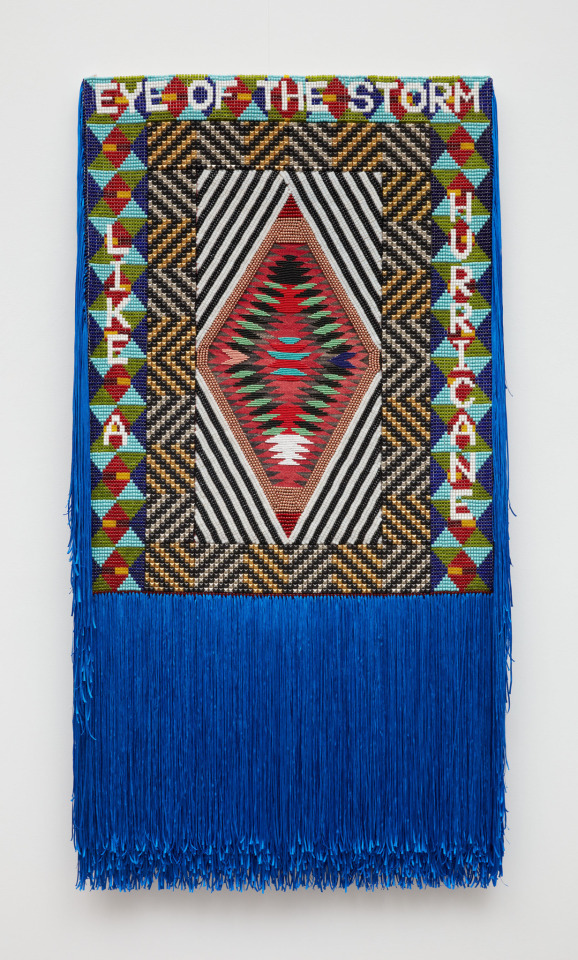Text
Wikipedia editors push offensive language to delegitimize some Native American Tribes







Article Text As Follows:
Wikipedia editors push offensive language to delegitimize some Native American Tribes
By Sherry Robinson
Special to The Independent
ALBUQUERQUE — When Lily Gladstone won a Golden Globe and Oscar nomination for her role in “Killers of the Flower Moon,” the public recognized a Native American actress. But to Wikipedia readers, she is an American actress whose father was Blackfeet and Nez Perce and whose mother was white.
Three long-time editors at the online encyclopedia argued that even though Gladstone grew up on the Blackfeet reservation, she couldn’t be called Native American unless she was an enrolled member of the tribe. When Gladstone’s uncle weighed in to say she was enrolled, they dismissed his comments. She is still, in Wikipedia’s view, “an American actress.”
In recent years, outside of a national debate in Indian Country over fake tribes, a handful of Wikipedia editors have been deciding who is Native American and who isn’t.
Look behind the curtain of the sprawling site and you will find a network of 265,000 volunteer editors writing and editing within a Wiki universe that has its own rules, language, police and courts but no traditional hierarchy.
Wikipedia’s structure allows likeminded editors to work together, but it also permits editors with a bias to advance their agenda. The site has drawn criticism from media and academics for slanted articles on Blacks and Jews. Wikipedia documents its own systemic bias in an article by that name and attributes the problem to too few minority editors. The typical editor, it says, is a white male.
By Wikipedia's definition, the only real tribes are federally recognized; editors of Native American material denigrate state-recognized and unrecognized tribes and seem preoccupied with revealing fake Indians.
The fakes are out there, and they’re a problem. But there’s a big difference between people who invented a Native ancestry and people who have a long, documented heritage.
For this story, aggrieved tribal members didn’t identify themselves because they fear the site’s size and power – it reaches 1.8 billion devices a month – and some editors’ vindictiveness.
Behind the curtain
Wikipedia is transparent about its process. Click on “talk” at the top of each article and you find the (sometimes endless) debates among editors about an article and see the site’s rules in action.
Editors are anonymous because the Wikipedia Foundation has a strong commitment to privacy, says a spokesperson. However, readers don’t know what expertise editors have or whether they’re Native American.
Editors select their subject matter. With experience they can rise in the pecking order until they gain authority to reverse or eliminate the edits of others. They quote the site’s often arcane rules in Wiki-Speak to anyone who disagrees. While Wikipedia espouses objectivity, neutrality and civility, discussions can take the low road.
On Lily Gladstone’s talk page, a newish editor, user name Tsideh (Apache for bird), asked, “What are your sources supporting the idea that Native Americans are only those who are enrolled in a US recognized tribe?”
A Wiki editor, user name ARoseWolf, answered: “A notable subject can make a claim… but you must have that respective tribal nation’s acceptance as verification through enrollment."
Gladstone’s uncle wrote: “I’m a primary source for Ms. Gladstone’s tribal heritage. Her father is my brother. Through our father, we are both enrolled in the Blackfeet Tribe in the USA,” he wrote. “Our mother is enrolled Nez Perce. So Ms. Gladstone is a direct descendant of both Blackfeet and Nez Perce.”
ARoseWolf shot him down. “We can not use primary sources to verify such information and, you, as a claimed family member have a WP:COI which means we need an independent source.”
WP:COI is the Wikipedia rule on confl ict of interest. Wikipedia forbids primary sources, and yet they’re the gold standard for journalists and academics.
Tsideh challenged the position that only enrollment in a recognized tribe “entitles somebody to claim to be a Native American” as an unfounded, minority point of view that Wiki editors didn’t support with a citation or explanation.
ARoseWolf and others chastised Tsideh for violating Wiki rules on bullying, false accusations and arguing Wiki policy. Tsideh countered that Leonardo DiCaprio didn’t have to prove he was an Italian American, but Lily Gladstone had to prove she was a Native American.
As the back and forth continued, ARoseWolf slammed a new editor who "just happened to find this discussion,” a dig that implies one party enlisted another to join the debate. That too is a Wiki violation.
Bohemian Baltimore, another regular, insisted, “If she’s not enrolled, she may be a descendant, but she’s not a Native American.”
Who is Native American?
Terry Campbell, a Navajo born in Tuba City, Arizona, who lives out of state, has been studying Wikipedia for five months, after friends complained about poor treatment in trying to edit Wiki pages.
One friend wanted to add some facts to an article about a tribe. “These changes were rejected by a handful of editors who cited other Wikipedia pages as sources,” he said, “and I thought that was very, very odd.”
A friend citing sources that prove her tribe survived the Indian wars and received state recognition ran up against Wikipedia guidelines on determining Native American identities that were largely crafted by two editors, user names CorbieVreccan and Yuchitown. Wiki editors used the guidelines to reclassify dozens of state-recognized tribes as “heritage organizations” and removed “Native American” from biographies of prominent tribal members or, worse, called them a "self-identified Native American.”
The implication, Campbell explained, is that the tribe no longer exists and that its members are suspect or even “Pretendians.” Wikipedia has a page for that too.
The same group has shaped many articles on Native subjects. Campbell said he combed through references and found they were misrepresented, taken out of context, sourced from far-right academics, or unreliable.
“The scope of this issue is huge,” Campbell said. “It permeates all the Native articles I checked.”
Campbell recognized talking points from what he called a far-right movement in Indian Country intent on erasing state-recognized and unrecognized tribes. (New Mexico has no state-recognized tribes and six unrecognized groups or tribes.)
Some Native Americans and Anglos, he said, believe that Indigenous people outside the circle of federal recognition should be considered non-Native. They also want to prevent members of the disenfranchised groups from selling their art, receiving ancestral remains, accessing disaster relief or re-establishing their homeland.
Outside Indian Country, it’s not generally known that U.S. Indigenous groups live within a caste system based on government recognition, with 574 federally recognized tribes on top, dozens of state-recognized tribes second, and several hundred unrecognized tribes last.
In 2021, Yuchitown wrote, “The overwhelming majority of ‘List of unrecognized tribes in the United States’ are completely illegitimate.”
There are many reasons why groups aren’t recognized. Some avoided the reservation. Some lost their recognition during the termination era. Some were broken up and scattered during the Indian Wars. Some went underground, practicing their culture secretly while passing as Hispanic. Many simply stayed put.
When Wikipedia editors claim that “Native American” is a political status conferred by the U.S. government, that an individual can only be called a “descendent” until their tribe is recognized, they push this narrative, Campbell said. It’s a contradiction of federal Indian law and the United Nations Declaration on the Rights of Indigenous Peoples.
According to the U.S. Department of Justice, “As a general principle, an Indian is a person who is of some degree Indian blood and is recognized as an Indian by a Tribe and/or the United States. No single federal or tribal criterion establishes a person’s identity as an Indian. Government agencies use differing criteria to determine eligibility for programs and services. Tribes also have varying eligibility criteria for membership.”
Extreme points of view
Campbell has contributed to a lengthy report, as yet unpublished, that identifies biased editors. They include Yuchitown, CorbieVreccan, ARoseWolf, Indigenous girl and Bohemian Baltimore.
“It was like a tree with many interconnecting branches that had been created over time by the same small group of people pushing extreme points of view,” Campbell said.
Initially the group made changes slowly, he said, “but they started pursuing their agenda aggressively after November, when state-recognized tribes retained their voting rights in the National Congress of American Indians (NCAI). Essentially, after the movement to delegitimize state-recognized tribes failed officially, the key players doubled down on altering and controlling the flow of information about Native Americans through Wikipedia.”
Campbell observed widespread violations of Wikipedia standards: “I found evidence that they blatantly misquoted and misrepresented sources to push extremist political beliefs; teamed up to manipulate the consensus system by voting in blocks; exploited Wikipedia rules, such as conflict of interest, to block outside editors from making changes to Native-related pages; excessively cited opinion pieces from fringe political figures, including those accused of racism and anti-semitism; blocked the use of legitimate primary and secondary sources that contradict their extremists beliefs, which violates Wikipedia’s rule against information suppression; posted originally researched, politically motivated essays instead of well-sourced articles; and harassed and defamed Native American tribes and living Native American people.”
Reacting in February to an early draft of the report posted on Google, the editors were incensed that anybody would voice complaints “off-Wiki.” ARoseWolf wrote that “we have been attacked, threatened with legal action and had misinformation/ false claims spread against us.” She and Yuchitown denied being part of a conspiracy against tribes or organizations and said they were just following Wiki rules. Yuchitown accused critics of being “meat puppets” of a person who objected to some Native content and enlisted others to back them up. In WikiSpeak this is meat puppetry.
“Volunteers on Wikipedia vigilantly defend against information that does not meet the site’s requirements,” the Wikipedia spokeswoman wrote. “These volunteers regularly review a feed of real-time edits to quickly address problematic changes; bots spot and revert many common forms of negative behavior on the site; and volunteer administrators (trusted Wikipedia volunteers with advanced permissions to protect Wikipedia) further investigate and address negative behavior. When a user repeatedly violates Wikipedia policies, Wikipedia administrators can take disciplinary action and block them from further editing.”
Inaccurate and insulting
In 2006, Wikipedia established the WikiProject Indigenous Peoples of North America to improve its Native-related content of 14,000 articles and more than 37,000 pages.
Recently, a hot topic on the project’s talk page was a proposal to change a category name from “unrecognized tribes” to “organizations that self-identify.”
On April 15 Melissa Harding Ferretti, chairwoman of the Herring Pond Wampanoag Tribe in Massachusetts, wrote, “The proposed renaming of the category on Wikipedia is not only inaccurate… but also insulting.”
Ferretti is one of the few Natives to take on Wiki editors openly.
Herring Pond was originally listed with other Wampanoag tribes. In 2022 Yuchitown stripped “state-recognized” from the page, even though the state Commission of Indian Affairs regularly engages with them. Last year Yuchitown created a separate page for Herring Pond. Wiki editors resisted attempts to make changes or corrections.
After Wikipedia called Herring Pond a “cultural heritage group" and a nonprofi t that "claims" to descend from Wampanoags, Ferretti wrote in a Wiki discussion, “There is no claim, it’s a fact! Might I add, nonprofit status was imposed upon Tribal nations in the ‘90s because we didn’t have our federal recognition yet.”
Her tribe has a well-documented history. “We still have care and custody of our sacred places, burial grounds and our 1838 Meetinghouse, one of three built for the Tribe after the arrival of the colonizers. Our continuous presence and stewardship of these lands are recognized by historical records, deeds and treaties.”
Ferretti wrote that tribes without federal recognition already face significant hurdles to gain recognition, "and being labeled as 'self-identified' can add to these challenges by casting doubt on our legitimacy.” Mislabeling unrecognized tribes “can lead to the spread of hate, misinformation and further marginalization.”
Some Wiki editors agreed. One wrote that “there are strong negative connotations to saying someone who is Native 'self identifies,' because the inference is that they are Native in name only or falsely claiming to be Native. A change like this will impact countless articles…” Bohemian Baltimore, ARoseWolf and Yuchitown insisted there were no negative connotations. They opposed calling an unrecognized group a tribe because it legitimized groups with unverified claims. ARoseWolf said, “If they had proof of their connection to the original people they would have gotten federal recognition.”
This is a frequent refrain among the insiders, who apparently think the application process is a slam dunk instead of the long, difficult, expensive journey it is.
Yuchitown noted that “all of the editors who actively contribute to and improve Native American topics on Wikipedia have voted to support the renaming.” It’s a remarkable declaration that he and his allies act in concert.
The insiders took even stronger action against Lipan Apaches in Texas.
Late in 2022, Yuchitown changed the entry of the Lipan Apache Tribe of Texas to say that NCAI recognizes the tribe as state-recognized but the National Conference of State Legislatures (NCSL) does not. In fact, NCSL took down its web page listing federal and state-recognized tribes because it couldn’t verify the accuracy.
In boilerplate that appears on all the Texas unrecognized tribes’ websites, Yuchitown said Texas has no legal mechanism to recognize tribes, citing an online article that in turn cites the discredited NCSL web page.
In 2022, a tribal member and Yuchitown fought back and forth, reversing each other’s edits. In WikiSpeak, it was edit warring. The tribal member informed Yuchitown that the NCSL page he quoted no longer existed. CorbieVreccan told the member she was up against “two experienced editors,” and Yuchitown accused her of conflict of interest and edit warring. His fellow travelers demanded to know if she had an official position with the tribe. She didn’t.
ARoseWolf wrote, “As Wikipedia is not a state or government-controlled entity it can make up its own rules for what content is allowed on its platform.”
Getting personal
On Dec. 16 the Lipan Apache Tribe of Texas and the Lipan Apache Band of Texas got their own pages, courtesy of Yuchitown, who called them "self-identifying" nonprofits. Like the Herring Pond Wampanoags, they couldn’t make changes or corrections.
Next Yuchitown created a new category called “American people who self-identify as being of Lipan Apache descent.” It had a list of four people. The introduction said they “claim to have Lipan Apache ancestry but have no proof of this heritage. In some cases, they make the claim despite having been proven to have no Lipan Apache heritage at all.” At the top of the page is a link to “Pretendian.”
“This category is libelous,” wrote a member of the tribe. “No evidence has been provided that the people of the Tribe or the Band have no proof of this heritage” other than Wikipedia’s list page. She demanded the category be deleted.
An editor outside of Yuchitown’s circle agreed. “Why have a page for one tribal organization with evidently malicious or maligned intent? Are we going to create a page for every single Native person who identifies as a Native of any kind? Weird, weird category that is out of place on Wikipedia,” the editor wrote.
Yuchitown, backed up by Bohemian Baltimore and Indigenous girl, argued there was nothing libelous. They got the tribal member blocked for “sock puppetry,” or using more than one account. The category remained.
In January, Bohemian Baltimore doubled down, making a page for each person on the list.
The Wikimedia spokeswoman says that in some extreme cases the foundation relies on a trust and safety team that will investigate and may also take action.
Campbell wrote in the report that many Native American communities and people “have been targeted by the small group of propagandists in this complaint… And the thousands of people who make these communities have been slandered and assaulted on Wikipedia through the actions of these propagandists.”
Link to the original article:
4K notes
·
View notes
Text


Monshi palace/ Isfahan/ Iran
Photography: alireza khatibi
374 notes
·
View notes
Text
190K notes
·
View notes
Photo

These Roots Run Deep
Dyani White Hawk
Oil paint, beads on canvas
531 notes
·
View notes
Text
can native f*tish blogs please stop fucking following me :|
#hi sry haven't been on here fo a hot minute#this shit^^ keep happening makes me too scared to get active again
4 notes
·
View notes
Text
“To claim that hunter-gatherers perceive their environment as a “wilderness”—in contrast to a domesticity that one would be hard put to define—is to deny that they are aware that, in the course of time, they modify the local ecology by their techniques of subsistence. Over recent years, for example, Aboriginals have been protesting to the Australian government against its use of the term “wilderness” to qualify the territories that they occupy and by so doing frequently justifying the creation of natural reserves that they do not want. The notion of a “wilderness,” with all its connotations of terra nullius, of an original and preserved naturalness, an ecosystem to be protected against the degradations liable to be introduced by human beings, certainly runs contrary to the Aboriginals’ own concept of the environment and the multiple relations that they have established with it, and above all it ignores the subtle transformations that they have produced in it. As a leader of the Jawoyn of the Northern Territory said, when part of their land was converted into a natural reserve, “Nitmiluk national park is not a wilderness…, it is a human artefact. It is a land constructed by us over tens of thousands of years through our ceremonies and ties of kinship, through fire and through hunting.” Clearly, for the Aboriginals, as for other hunting peoples, the opposition between wild and domesticated is not very meaningful, not only because of their lack of domesticated animals but above all because they inhabit the entire environment as a spacious and familiar dwelling place, rearranged to suit successive generations with such discretion that the touch of its inhabitants becomes almost imperceptible.”
— Philippe Descola - Beyond Nature and Culture
5K notes
·
View notes
Text
“Water is the first thing in my imagination. Over the reaches of the eyes at Guaya when I was a little girl, I knew that there was still more water. All beginning in water, all ending in water. Turquoise, aquamarine, deep green, deep blue, ink blue, navy, blue-black cerulean water… Water is the first thing in my memory. The sea sounded like a thousand secrets, all whispered at the same time. In the daytime it was indistinguishable to me from air… The same substance that carried voices or smells, music or emotion.”
— Dionne Brand, from A Map to the Door of No Return (via tasavvur)
28 notes
·
View notes
Link
“Centuries before we had American Sign Language, Native sign languages, broadly known as “Hand Talk,” were thriving across North America. Hand Talk would be influential in the formation of American Sign Language, but it has largely been written out of history.
One of these Hand Talk variations, Plains Indian Sign Language, was used so widely across the Great Plains that it became a lingua franca — a universal language used by both d/Deaf and hearing people to communicate among tribes that didn’t share a common spoken language. At one point, tens of thousands of Indigenous people used Plains Indian Sign Language, or PISL, for everything from trade to hunting, conflict, storytelling, and rituals.
Keep reading
6K notes
·
View notes
Text
if you got no race in bio tryna follow this blog w/o asking gonna block you.
0 notes
Photo
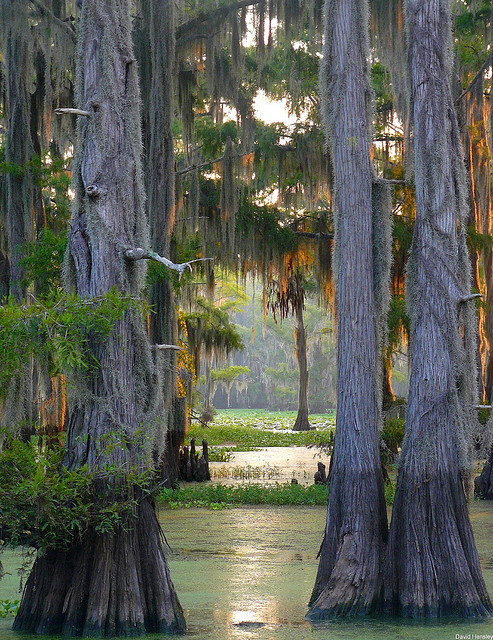
The largest cypress forest in the world at Caddo Lake, Texas/Louisiana, USA (by dave_hensley).
534 notes
·
View notes
Text
im really greatful for the help ive gotten recently, and i wanted to ask for help for one of my elders, James is a Afro-Cherokee elder who is experiencing homelessness in seattle who makes his money buy working for the real change program and making and selling traditional crafts. i just talked to him today and he was telling me he needs to get more feathers, beads, needles and thread, im not in a position to help much more than i already do but i really want to help him to get more supplies. im going to see if hes ok with me selling some of his work online for him, but until then we are just selling it in person. James doesnt have any money apps so if anyone wants to contribute to help get him some supplies i will get everything out as cash for him. on top of being his source of income his work is an important way for him to stay connected to his traditions from across turtle island. i will post receipts for full transparency. also if anyone wants to send supplies message me!
ven mo @mathosapa
cash app $mathosapa
paypal @gothofcolor
2K notes
·
View notes
Photo
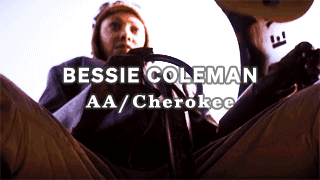
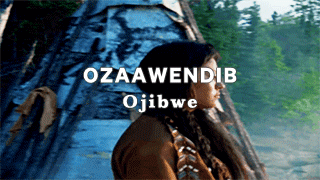



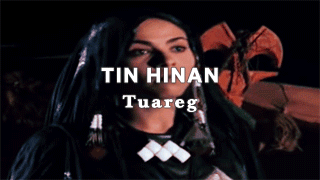
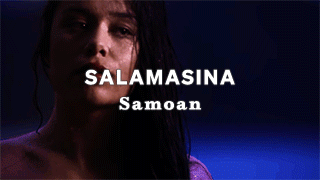
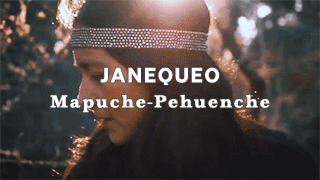
Historical Indigenous Women & Figures [5]:
Bessie Coleman: Mixed African American and Cherokee, she attended flight school in France and became a highly prolific pilot and became known as “Queen Bess”, making her the first African American and Indian Woman to earn a flight license.
Ozaawendib:Ojibwe two-spirit and trans woman, she was a Chief of the Leech Lake Ojibwe, and was noted for being helpful and excellent guide in her assistance to the trappers and fur traders who encountered her.
Mary Christianne Paul: A heavily talented and famous Artist who was known not only for her own beauty, but also the beauty and craftsmanship of her artistic works, particularly that of traditional Mi’kmaq artistry, such as quillwork, sewing, and cradleboard making. Her beauty caught the attention of many artists, who portrayed her in multiple paintings and photographs, and was a favored subject to depict for artist William Gush.
Lady of Cao:discovered as a mummy at the archeological site El Brujo in Peru, the Lady is believed to have been a high ranking priestess or even a Moche ruler based on the burial details where she was found. She is believed to have died in her mid twenties due to childbirth or pregnancy complications, and the discovery of her body is considered incredibly monumental, especially since it was previously believed only Moche men were rulers.
Sarraounia: a Chief and Priestess of the Azna (Hausa) people, who fought French Colonial troops against colonization of her people and lands. Her leadership in war was such that it eventually forced the French to give up attempting to subdue her. Oral history maintains that she used her supernatural ability as a Priestess to aid her in battle and protect her people.
Tin Hanan: Once a fugitive princess, she and her people nearly perished in the desert before discovering the desert anthill where they found grain and survived. She was regarded as a fearless warrior, a wise queen, and knowledgeable in herbal medicine. However, she is most known for uniting her people, and earning the title of “Mother” to all Tuaregs. Some believed Tin Hanan to be purely folkloric until her tomb was discovered in Algeria in 1925.
Salamasina: a Samoan Royal descended from multiple, high ranking Noble Samoan and Tongan lines, who was heavily involved in politics her whole life. She is the titular ancestor of two of the four paramount titles of Samoa, and her reign is marked for its time of peace and little political conflict.
Janequeo: After her husband, Chief Huepotaén, was killed by invading conquistadors, Janequeo took up arms against the Spanish in revenge, and gathered an army of thousands to resist them. Her attack on a new Spanish fortress at Puchanqui ended in a one-to-one combat between her and the Spanish commander, which she won, and then mounted his head on her spear. Though several battles later forced her to retreat into the jungle, she was never caught, and the Mapuche continued to fight the Spanish.
part [1], [2], [3], [4]. Transphobes need not reblog and are not welcome on my posts.
339 notes
·
View notes
Note
I found some resources to help freedmen of the 5 civilized tribes
https://linktr.ee/Choctawchickasawfreedmen
Thank you. Nonblack natives are required to rb this, there are a couple petitions for you to sign & gfms to donate to so click the link ❣️
866 notes
·
View notes
Text
i understand people's concern with "legitimized" vs "non-legitimized" tribes/bands... there are quite a few out there that some would consider legit even though they're not federally recognized or recognized by another tribe. i also feel the need to outline how recognization does not always equal legitimization especially within my own tribe - the cherokee nation done a great disservice to some of it's members in the past, namely the cherokee freedmen which were infamously disallowed by wilma mankiller in the 90s. i understand the complexities of tribal identity & that there is grey area that some people just do not understand or acknowledge
but the scnk, the Southern Cherokee Nation Kentucky tribe, is not a victim in this way lmao. i was also on the fence about declaring what is and isn't legitimate, so i started looking on their website for just any information
but even when you go to their website, which is unfinished, they don't have much documentation, no photos, no links or sources..... you can find next to no information online of their officials, not even a fuckin twitter page. you get their emails, their names, and their "cherokee names" and that's it
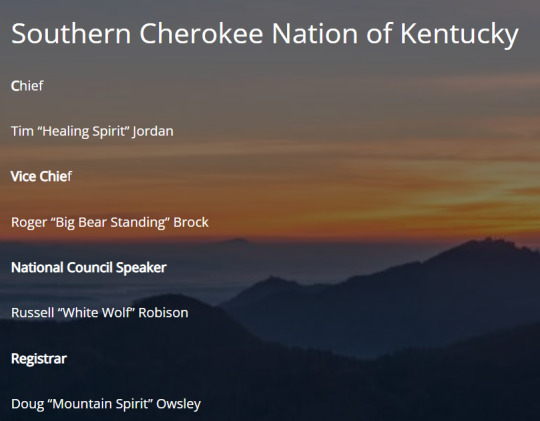
[IMAGE ID: A screenshot of the SCNK website with the supposed officals' names. Of those, there is Chief Tim "Healing Spirit" Jordan, Vice Chief Roger "Big Bear Standing" Brock, National Council Speaker Russell "White Wolf" Robison, and Registrar Doug "Mountain Spirit" Owsley. END ID]
these "tribal names" are highly unusual and stereotypical sounding, there is also little information i can find on them aside from emails. even the chief's drop-down tab on this website is completely empty.
people may question as to why a bunch of white people would set up illegitimate tribes or bands, and the answer is simply because they think they're gonna get funding or resources from the federal government, and some intense LARPing pretendian shit i really can't explain
mostly where shit started to get stinky is under their history page.
for example, the entire history of the cherokee page is directly copied from britannica.com. i am not making that up. so are several other sections of this website including a blurb on the historical figures page, although it does have a link, it's not a real source. along with that, they can provide no documentation of their claims, there is no tribal historian cited. the only thing i could find after my digging was one "newsletter" from august of 2021 which outlined nothing of interest.
also check out this fake ass dollar store ceremonial pipe on their ceremonies page lmfao, which is literally made of plastic.
further than that, their registration requirements are uhhhh, unusual, with their proof of indigenous ancestry being so extremely loose it would not be hard to fake ancestry & receive tribal membership

[IMAGE ID:
HOW CAN YOU PROVE IT? Do one of the following:
Produce Documents of ancestral CDIB (Certificate of Degree of Indian Blood)
Provide a Copy showing your ancestor listed on any of the Cherokee Census Rolls, along with a “varifiable” written family lineage back to that person. (A family tree form to help you show your lineage is downloadable below)
Give A “Notorized Affadavit” from a blood relative stating “We are of Cherokee descent by oral family tradition, or through listings in a Family Bible, AND/OR through publishing’s of other Historical/Genealogical/Heritage” (Newpapers, books, etc).
Submit YDNA or MTDNA Results showing positive Native American test results. Note: DNA test results cannot prove which Native Tribe you descend from, however, we will not discriminate against any positive Native American test result, and will promptly accept you as a Tribes-person so that you can join with us in our celebration and appreciation of our heritage.
END ID]
most notably here is the "notorized affadavit" and "oral family tradition". on that note i do recognize that oral tradition and written tradition are no better than each other when it comes to historical accounts, simply saying you're cherokee is enough to get you enrolled in this tribe. you can see the rest of the application information here and compare it to other tribes' requirements. you won't find me going to bat for blood quantum requirements, i do believe there is much more to indigenous identity than BQ or enrollment, but this is....... so loose and easy to fake lmfao.
again i have to iterate that tons of this website is missing, unavailable, or unfinished if not copied and pasted from other sources.
also notable is this picture of 3 tribe members, all of which are wearing plains related jewelry and crafts (including one questionable leather satchel lmao)
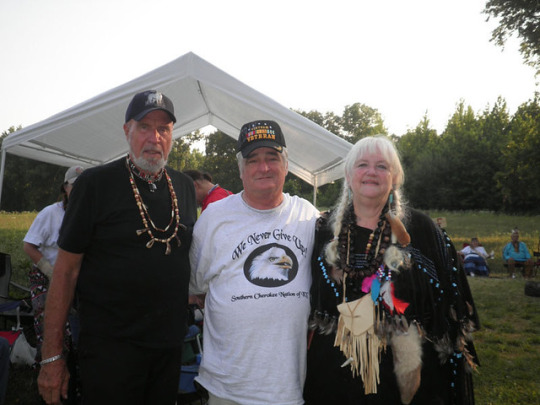
and again, another picture with more people, including two of those pictured above. most are wearing mock indigenous clothing and jewelry, namely the person sitting in a fake buckskin or perhaps ribbonskirt dress in the front
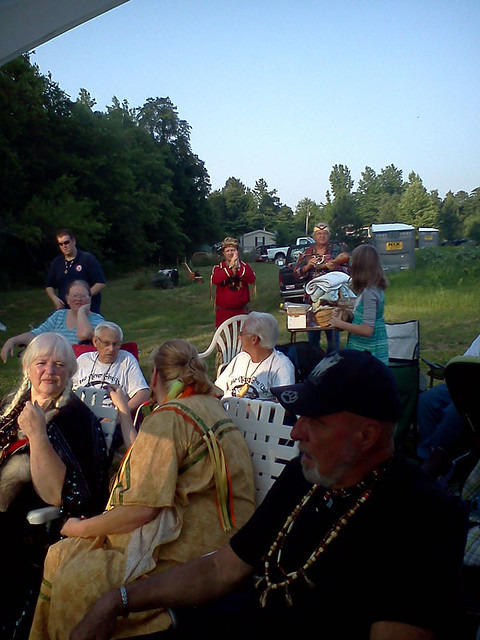
this is all from the "tribe" of ian ousley, the person cast as sokka for the live action avatar show.
i will not say whether this kid or anyone in these photos is fully white or whether or not they're native as i am definitely not at liberty to do so, but his tribe is not legitimate for a reason & more people need to be conscious of this.
he should be recast if netflix cares at all about having accurate representation in their show
880 notes
·
View notes
